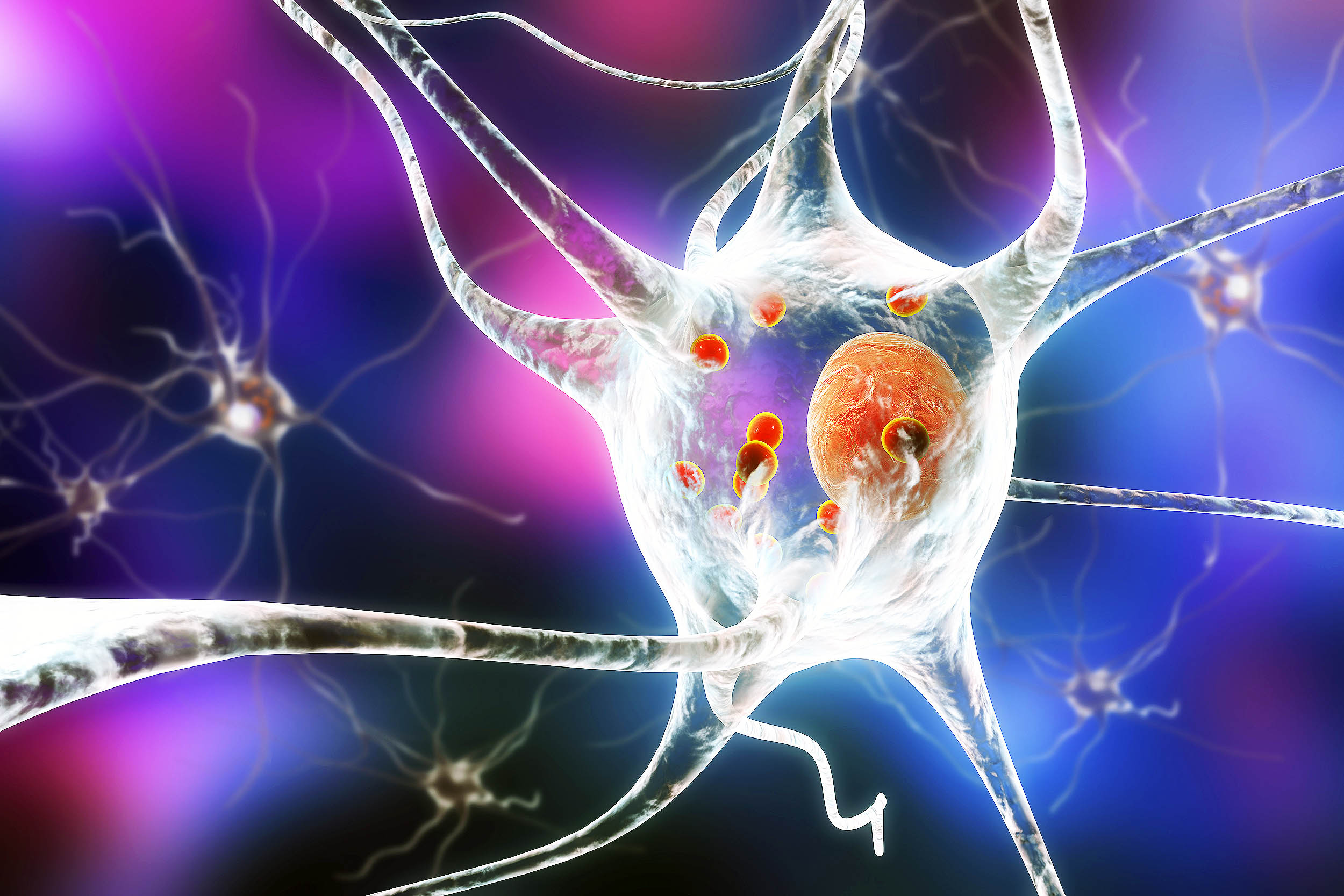A cancer immunotherapy drug that is already on pharmacy shelves is showing fresh potential in the fight against Parkinson’s disease.
In mouse experiments, nivolumab–relatlimab, a fixed‑dose antibody combination used for treating melanoma, blocked the cell‑to‑cell spread of toxic protein clumps that drive the disorder.
More than 8.5 million people worldwide are living with Parkinson’s disease. Current drugs ease symptoms but do little to halt the relentless loss of movement, speech, and independence.
Xiaobo Mao of Johns Hopkins University led an international team that traced the blockade to a newly revealed partnership between two brain proteins, Aplp1 and LAG‑3. Their study offers a practical target for slowing disease progression.
How cancer drug blocks Parkinson’s
Alpha‑synuclein normally helps nerve cells chat across synapses, yet when it misfolds it becomes sticky and forms Lewy bodies.
The group discovered that Aplp1 and LAG‑3 act like twin door handles, swinging the misfolded cargo into neurons together.
“Now that we know how Aplp1 and LAG-3 interact, we have a new way of understanding how alpha‑synuclein contributes to the disease progression of Parkinson’s disease,” confirmed Mao.
Deleting either handle in genetically engineered mice cut protein uptake, but deleting both slashed it by 90 percent.
Using cultured neurons, the team showed that antibodies against LAG‑3 disrupted the partnership and kept most toxic fibrils outside. That hint of druggability set the stage for tests with the approved melanoma therapy.
Repurposing a cancer drug for Parkinson’s
Nivolumab–relatlimab, marketed as OpdualagTM, won FDA clearance in 2022 as the first combination to target PD‑1 and LAG‑3 checkpoints in tumors.
Because relatlimab binds LAG‑3, the Parkinson’s team wondered whether it could also short‑circuit the neural handshake.
They injected the antibody mix into mice previously dosed with pathogenic fibrils. Treated animals accumulated far fewer Lewy‑like inclusions, keeping the midbrain’s dopamine supply and motor skills intact.
“The anti‑LAG-3 antibody was successful in preventing further spread of alpha‑synuclein seeds in the mouse models,” said Ted Dawson, also from Johns Hopkins.
The effect outperformed complete genetic knockout of LAG‑3 because the drug simultaneously disrupted its partner, Aplp1.
A protein traffic jam in the brain
The brain’s substantia nigra houses dopamine‑producing neurons that fine‑tune movement. When alpha‑synuclein fibrils march from cell to cell, these neurons choke and die, triggering tremor and rigidity.
LAG-3 had been flagged as a fibril receptor before, yet blocking it alone left plenty of pathology. The new work clarifies that Aplp1 forms a complex with LAG-3, which creates a high‑affinity docking site for toxic cargo.
By filming neurons with pH‑sensitive dye, researchers watched fibrils enter healthy cells in minutes. Removal of either handle delayed entry, while removal of both stopped it almost completely.
The discovery may explain why single‑target strategies have struggled to translate. Therapies that ignore Aplp1 risk leaving a back‑door route open for disease spread.
Why Parkinson’s is so difficult
Parkinson’s is diagnosed only after motor symptoms emerge, by which time over half of nigral dopamine neurons have perished. Lewy bodies start forming decades earlier and appear to propagate along neural highways.
Scientists debate whether the fibrils cause disease or merely mark dying cells, yet the correlation is strong enough that reducing their spread remains a key goal.
Animal studies that limit fibril movement often preserve motor behavior and cortical thinking.
The Aplp1–Lag3 duo offers a concise molecular explanation for long‑range propagation. It also supplies a measurable biomarker, their physical interaction, that drug developers can monitor.
Antibodies in action
Preclinical success seldom guarantees human benefit, yet repurposing an approved therapy skips many safety hurdles.
Opdualag’sTM pharmacokinetics, dosing, and adverse‑event profile are already mapped in thousands of cancer patients.
The antibody crosses the mouse blood–brain barrier at roughly 0.5 percent of plasma levels, similar to other IgG medicines. That level sufficed to curb fibril uptake and protect motor performance in pole and cylinder tests.
If forthcoming primate and human studies confirm brain penetration, clinicians could move swiftly into small Parkinson’s trials using this cancer treatment drug. Outcome measures might track motor scores, cerebrospinal fibril counts, and imaging of nigral dopamine.
Parkinson’s gets help from cancer drug
Cancer checkpoint drugs can unleash immune‑related side effects, including rash, thyroid imbalance, and fatigue. Whether similar events would occur at lower neurological doses remains unknown.
Another question is timing. Most cancer antibodies are delivered in pulses, whereas chronic neuroprotection for Parkinson’s patients might require years of therapy.
Finally, fibril spread is only one facet of Parkinson’s biology. Mitochondrial stress, environmental toxins, and genetics also contribute, so a combination of treatments will likely be needed.
Even so, the ease of testing an off‑the‑shelf cancer medicine for Parkinson’s patients makes this avenue irresistible. As Dawson observed, stopping spread “could significantly slow the progression of Parkinson’s disease.”
The study is published in Nature Communications.
—–
Like what you read? Subscribe to our newsletter for engaging articles, exclusive content, and the latest updates.
Check us out on EarthSnap, a free app brought to you by Eric Ralls and Earth.com.
—–
This news item came from: https://www.earth.com/news/cancer-immunotherapy-drug-also-works-to-slow-progression-of-parkinsons-disease/




